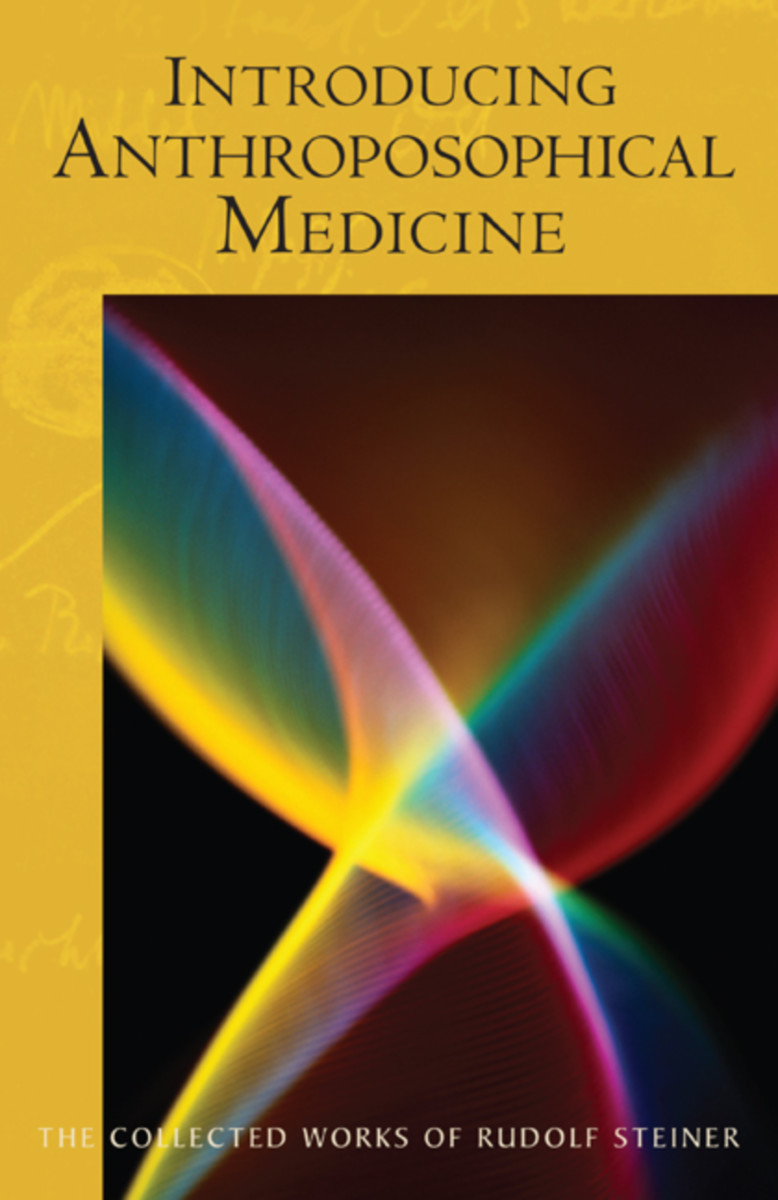| 英文說明 |
- “Jos Verhulst approaches human evolution with refreshing open-mindedness. In
Developmental Dynamics he presents an astounding wealth of little-noted facts that
assume surprising new significance as he develops his thesis. From the outset, Verhulst
incorporates a spiritual perspective into his scientific exploration of the evolutionary
process. Though some readers may not agree with his conclusions, all will find the rich
content of his book extremely thought-provoking.” —Wolfgang Schad, author of Man
and Mammals: Toward a Biology of Form; Professor of Morphology and Evolutionary
Biology, University of Witten, Germany
In this book, Belgian scientist Jos Verhulst presents the most thorough research to date elaborating
an evolutionary theory first set forth by the Dutch anatomist Louis Bolk in the early twentieth century.
This theory is based on the proposition that dynamic principles inherent in the development of
individual organisms are also at work in animal evolution as a whole. For example: A chimpanzee
fetus is strikingly similar to its human counterpart—its cranium is rounded, its face flat, and its hair
is restricted largely to the head. As it develops, however, the chimp diverges from its original,
humanlike form, assuming specialized apelike features. In a detailed comparative study of numerous
organs, Verhulst shows that, unlike the other primates, humans retain their original juvenile form.
Standing Darwin on his head, he concludes that humans have not descended from apes but rather
that apes evolved by diverging from a humanlike prototype. He also shows that our human tendency
to retain our fetal form (fetalization, or retardation) is complemented by further development
(hypermorphosis) of such organs as the legs, heels, forebrain, and larynx through which we
attain our eminently human capacities of upright posture, thinking, and speech.
In the last chapter, Verhulst sketches a broad view of how retardation and hypermorphosis have
worked together in animal evolution. He speculates, for example, that vertebrates evolved from
invertebrates when ancient sea squirts (a form of tunicate, a marine invertebrate) retained their
larval characteristics and developed them further as they evolved into fish. Sea squirt larvae are
free-swimming and resemble tadpoles. Their brain includes a light-sensitive eyespot, and they
have a rudimentary spinal cord. In their adult stage, however, they are sessile filter-feeders with
neither nerve cord nor eyes. Verhulst postulates that primitive tunicates like the sea squirt retained
their larval characteristics (through retardation) and evolved (through hypermorphosis) into fish,
the first vertebrates. Following in a tradition as old as Darwinism, he proposes that, from the very
beginning of animal evolution, these dynamics have led progressively toward the emergence of the
human form. In this view, the gradually emerging human prototype is seen as the driving force
and central trunk of the evolutionary tree, as the wellspring from which the animal world has
sprung.
- “Jos Verhulst’s penetrating grasp of human development leads to a refreshing
view of human origins. In a perceptive, lucid and lively account, he argues
convincingly that there is more to evolution than just Darwinian natural selection.
Following in the footsteps of Goethe and Bolk, Verhulst champions the view that
evolution was guided by an intrinsic drive that has culminated in the human gestalt,
and that the harmonious form of the human body is a reflection of what he calls our
synergistic composition. No part of human anatomy is left untouched as Verhulst
Time: the Evolution of Growth and Development; Senior Curator, Invertebrate
Paleontology, W.A. Museum, Perth, Australia
Contents
Foreword by Mark Riegner
Preface
1. Basic Issues in Human Evolution
2. Fetalization and Retardation
3. Growth and Retardation
4. The Animal Element in Humans
5. The Upper Limbs
6. Uprightness
7. The Organs of the Thorax
8. Human Reproduction
9. The Facial Skull
10. The Phenomenon of Synergistic Composition
|




